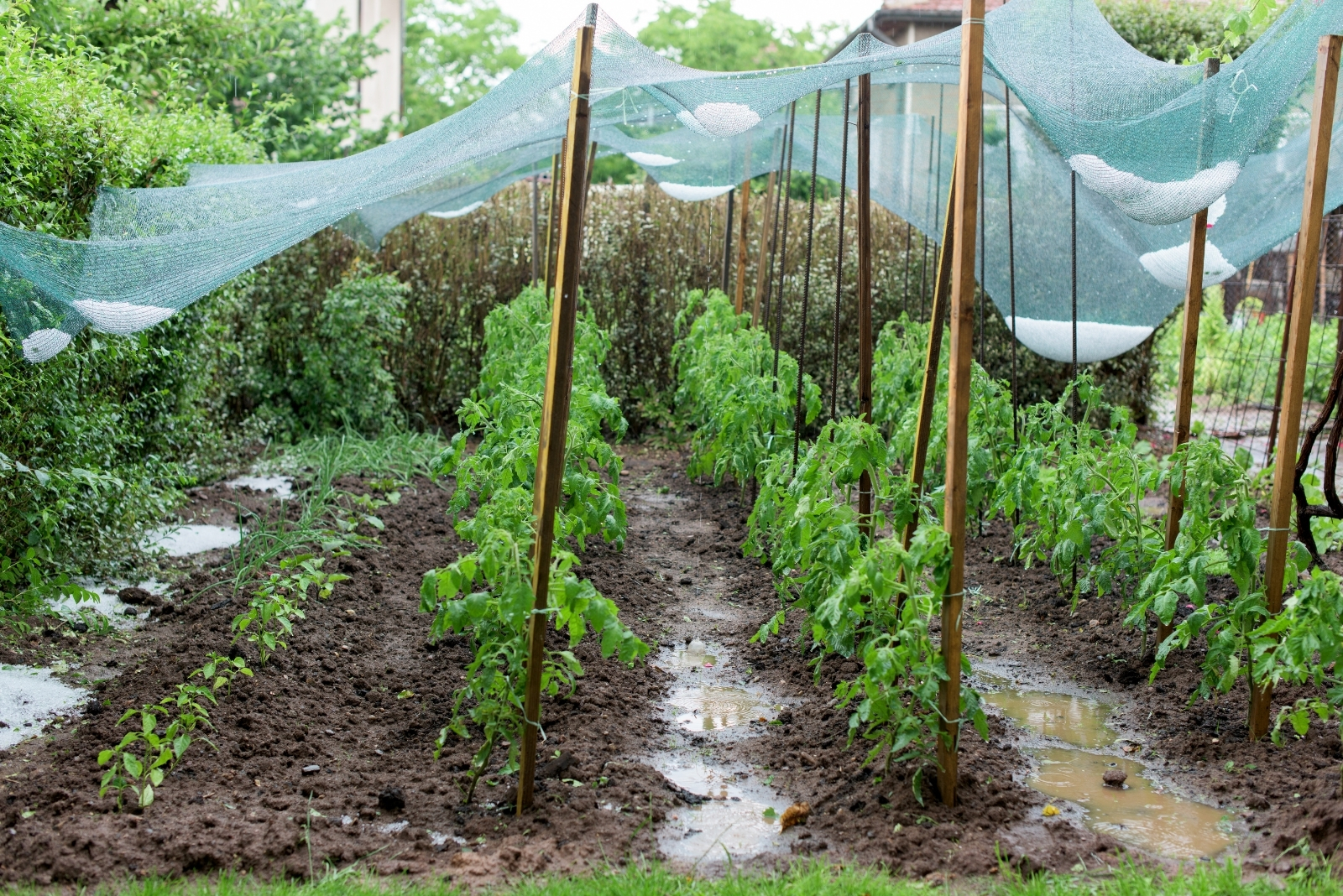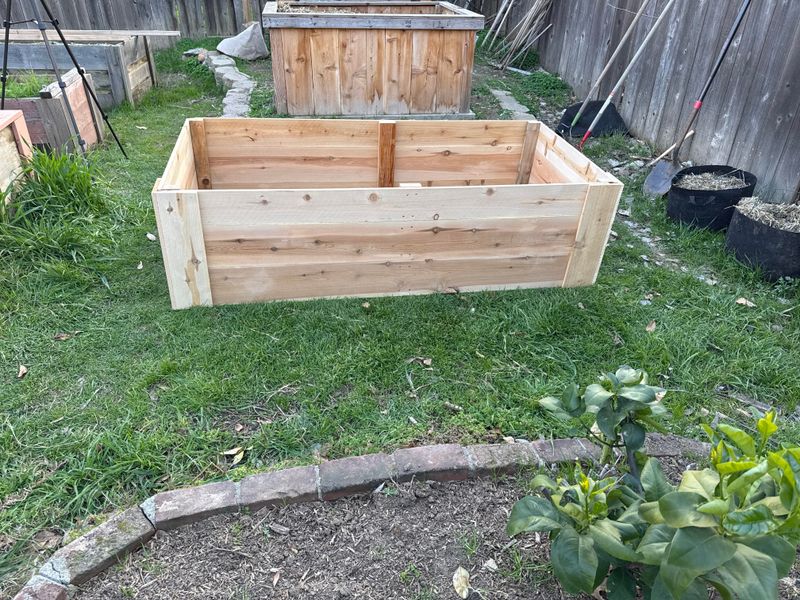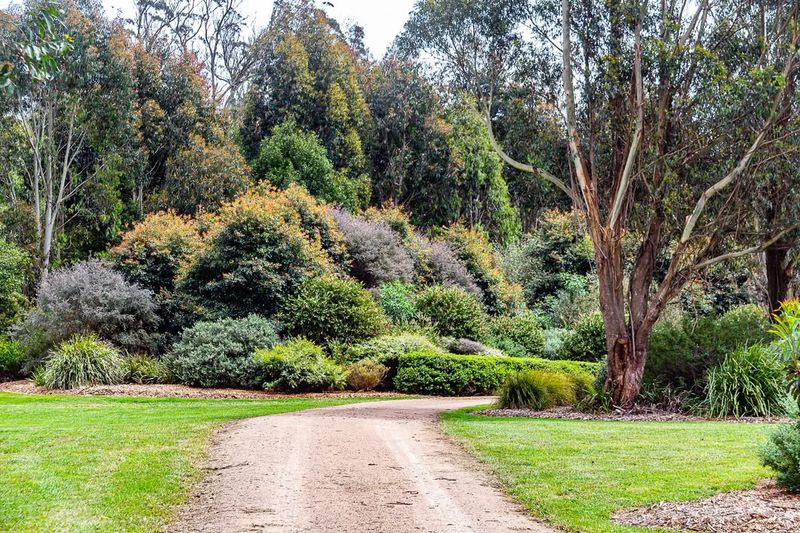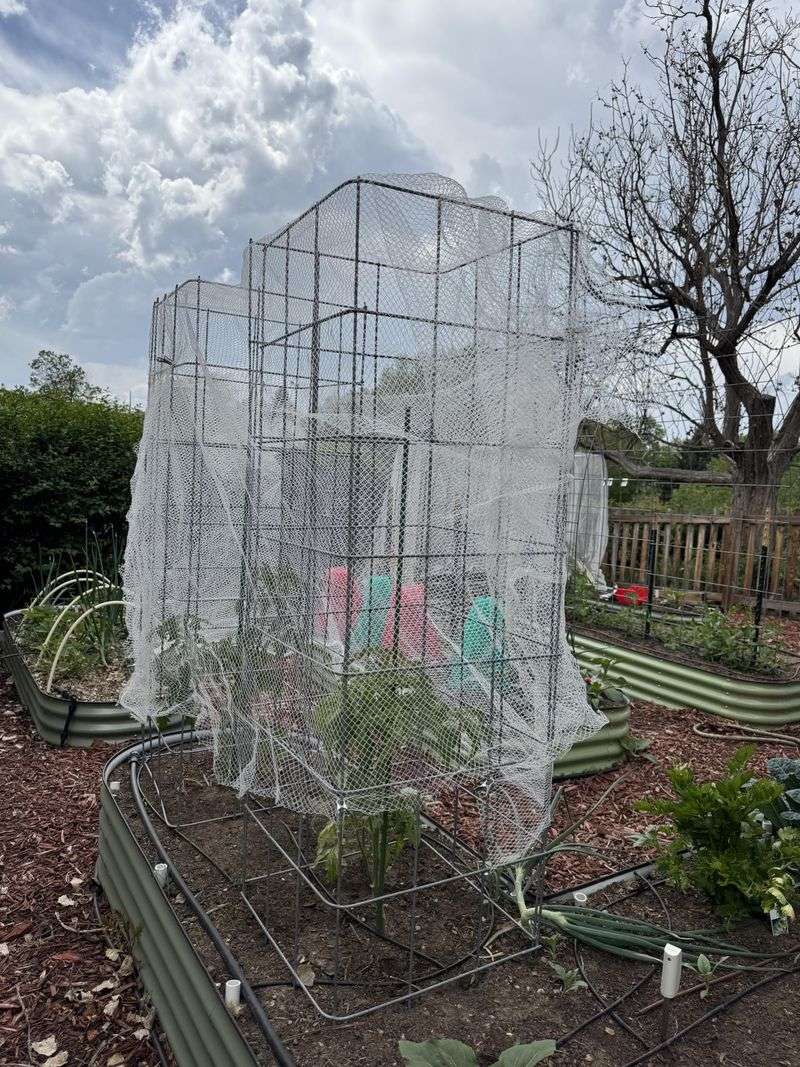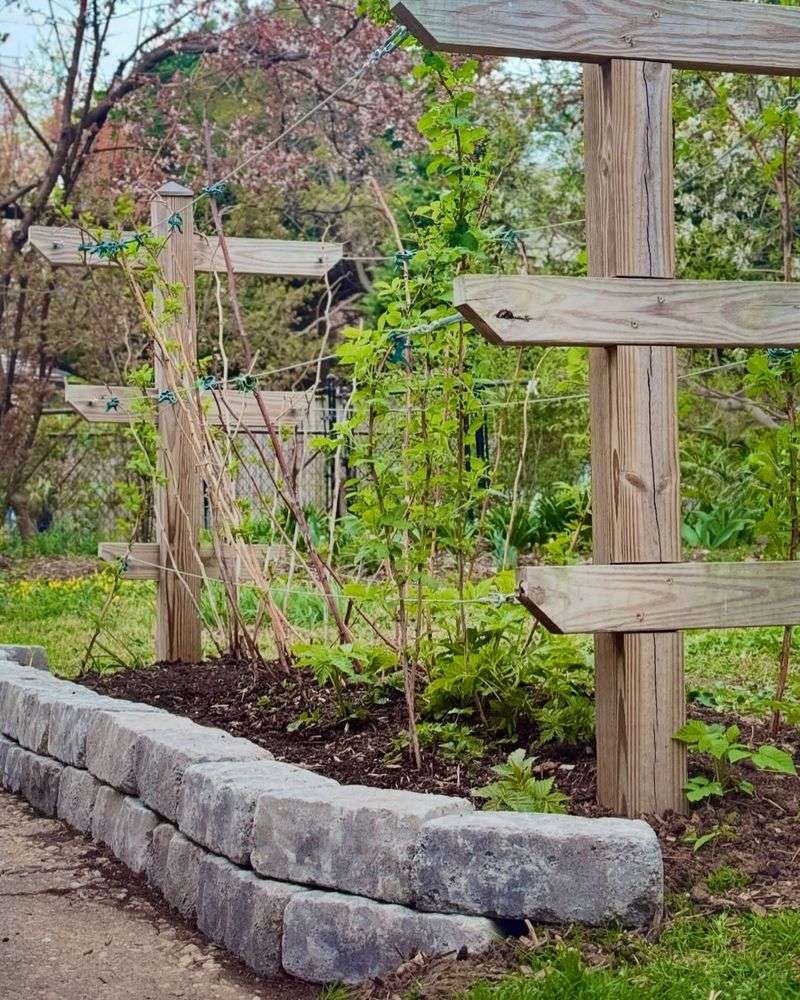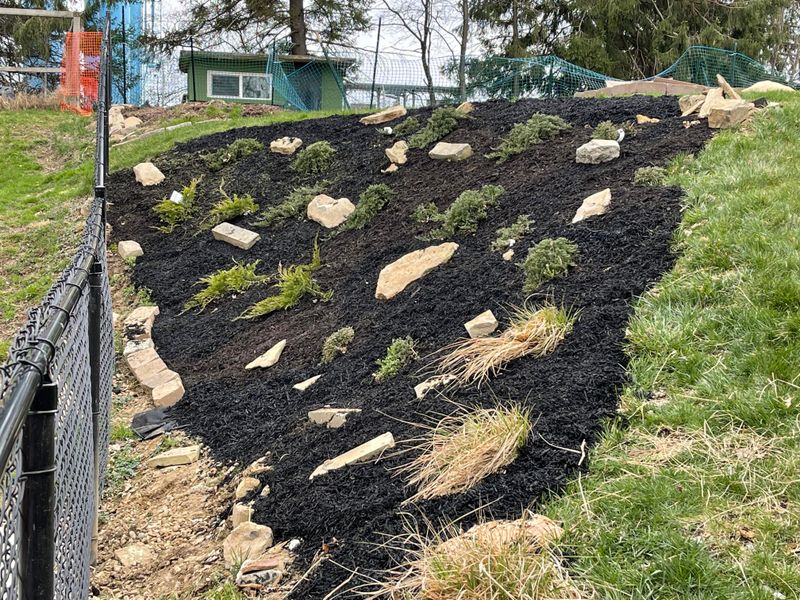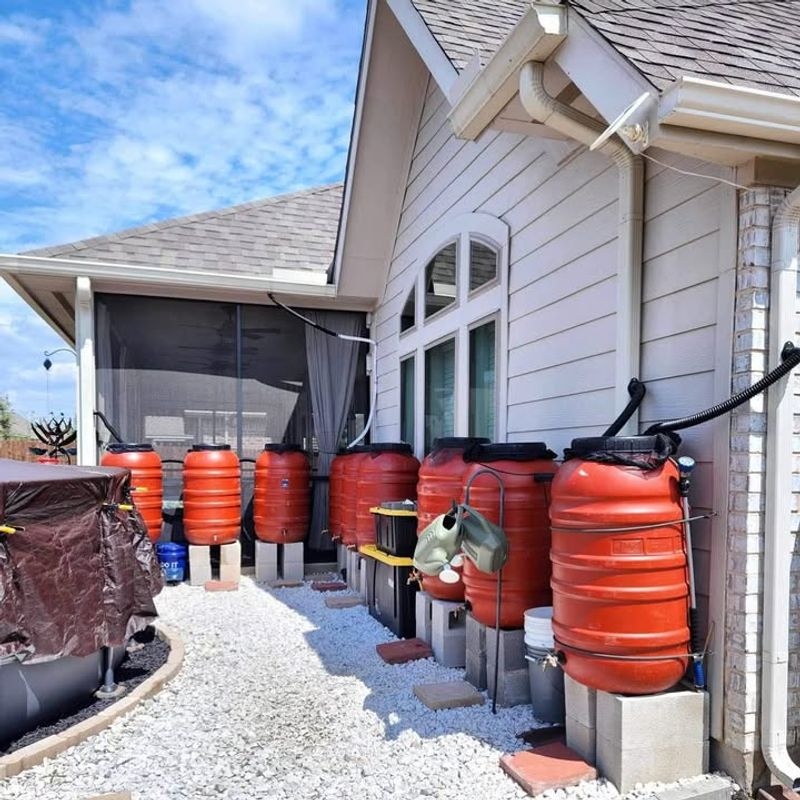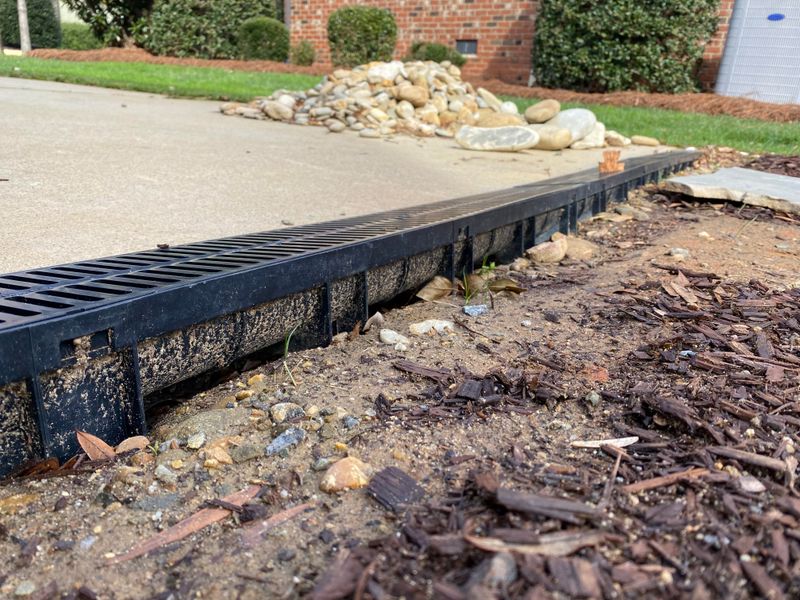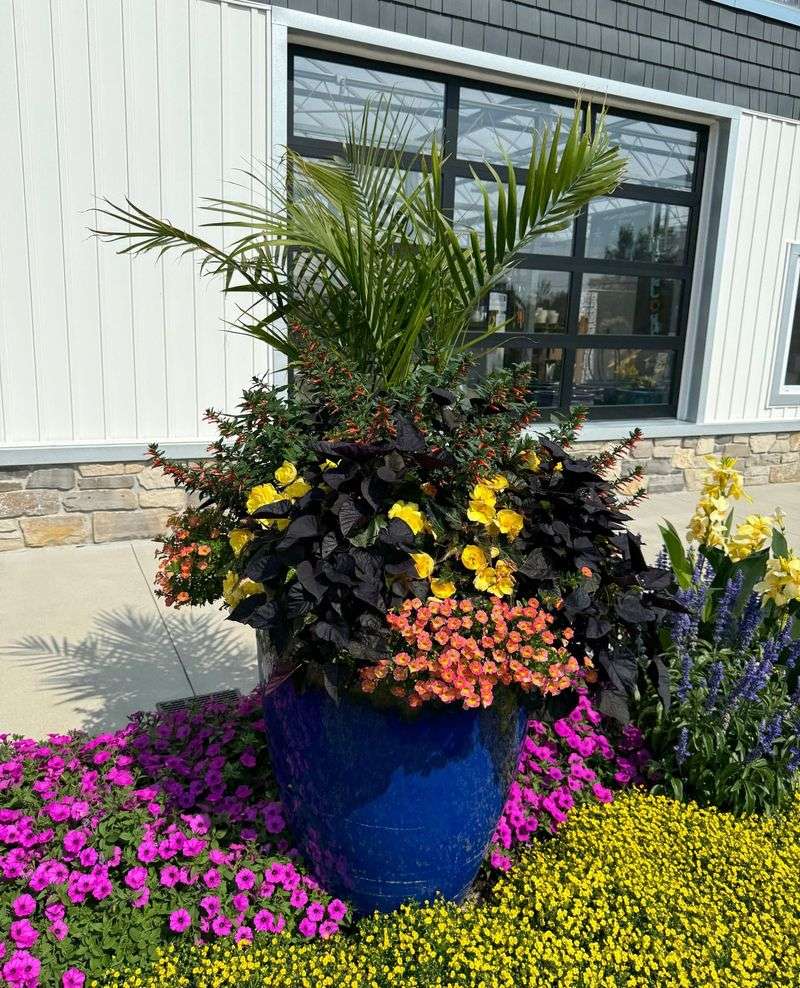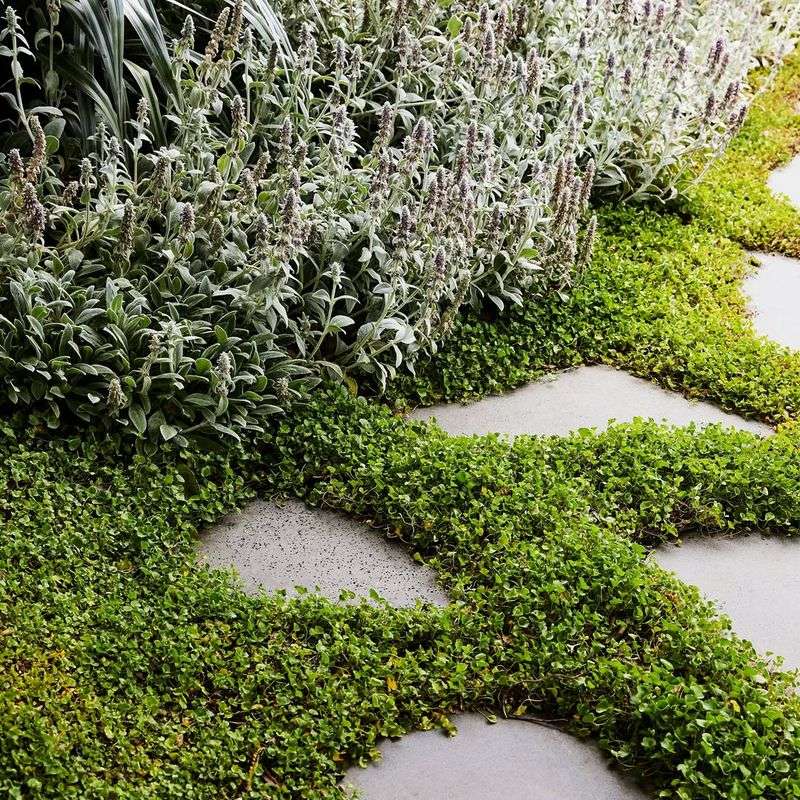Texas weather can change in a flash, and gardeners need to be ready. These 9 ideas combine creativity and practicality to keep plants safe during storms.
They can protect your yard without taking away its beauty. Add a few of these strategies for peace of mind this season.
1. Install Raised Garden Beds
Elevated planting areas provide excellent drainage during Texas downpours. The soil stays put instead of washing away, and your plants won’t end up sitting in water that could rot their roots.
Many Texans find that raised beds with gravel pathways between them create natural channels for storm runoff. Plus, they’re easier on your back when gardening!
2. Create Wind Breaks With Native Shrubs
Strategic planting of sturdy native bushes can shield delicate flowers from powerful Texas gusts. Yaupon holly and Texas sage not only block wind but also handle drought between storms.
Place these protective shrubs on the side facing prevailing winds. Many gardeners across the Lone Star State have saved their prized plants this way when storms blow through.
3. Set Up Temporary Hail Netting
Lightweight mesh coverings can save tomatoes and other vulnerable plants from being pummeled by Texas-sized hailstones. Keep the netting ready to deploy quickly when storm warnings appear.
Savvy gardeners throughout the state use PVC hoops to support the netting above plants. This creates a protective dome that lets rain through while deflecting damaging ice.
4. Build Storm-Ready Trellises
Reinforced supports for climbing plants can withstand fierce Texas thunderstorms. Anchor trellises deeply with concrete footings and use galvanized hardware that won’t rust in humid conditions.
Many gardeners across Texas have found that A-frame designs shed wind better than flat panels. Your beans, cucumbers, and morning glories will thank you when the next storm blows through!
5. Apply Protective Mulch Layers
Heavy organic mulch prevents soil erosion during Texas cloudbursts. Cedar, hardwood, or pine nuggets stay put better than lightweight varieties when rain comes down in sheets.
Gardeners throughout the Lone Star State maintain a 3-inch layer around plants. The mulch absorbs impact from heavy raindrops, keeping soil from splashing onto leaves and spreading disease.
6. Install Rain Barrels With Overflow Systems
Capturing storm water prevents garden flooding while storing moisture for dry spells. Connect multiple barrels with overflow pipes that direct excess water away from plant beds and foundations.
Texans in drought-prone areas appreciate this two-fold solution. Your garden stays protected during downpours, and you’ll have stored water ready when those famous Texas heat waves arrive!
7. Create Strategic Drainage Channels
Small ditches lined with river rock guide water away from sensitive plants during Texas gullywashers. The trick is making them just deep enough to handle runoff without becoming a tripping hazard.
Gardeners across the state use these channels to protect their favorite spots. Water flows where you want it instead of pooling around your precious perennials or washing away fresh seedlings.
8. Secure Potted Plants With Anchors
Container gardens can become dangerous projectiles in Texas windstorms. Heavy-duty plant anchors—essentially straps that secure pots to decks, walls, or stakes—keep everything in place when gusts kick up.
Smart gardeners throughout the state use these simple devices during storm season. Your beautiful containers stay upright, and you won’t find your favorite ceramic pot shattered across the yard!
9. Establish Deep-Rooted Ground Covers
Low-growing plants with extensive root systems help prevent erosion during Texas downpours. Native options like horseherb and frogfruit spread quickly to hold soil in place on slopes and exposed areas.
Gardeners across the Lone Star State rely on these tough plants where grass struggles. They create a living mesh that keeps your precious topsoil from washing away when storms dump inches of rain in minutes.

